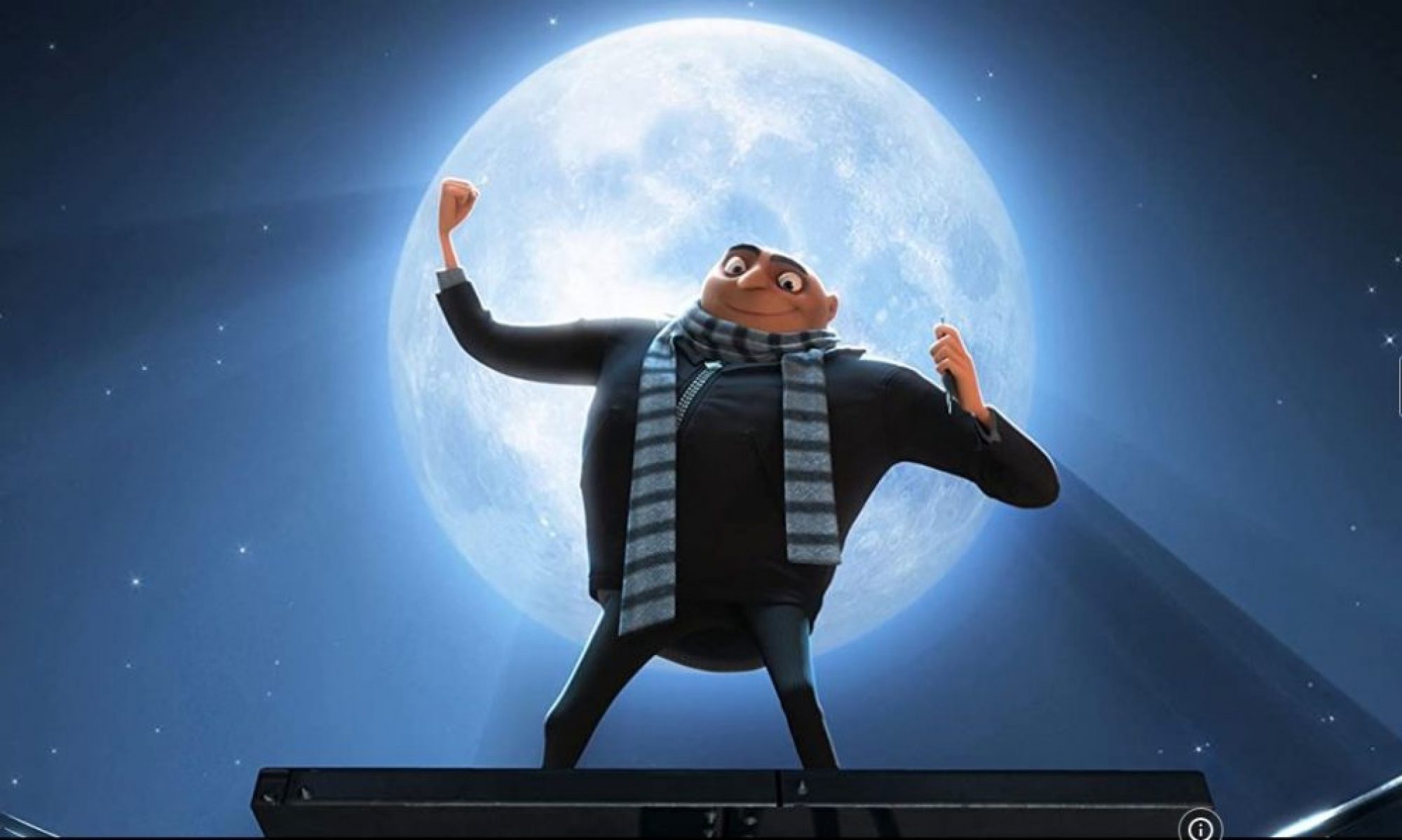Dom sent me a message saying that some people had been asking for an interview prep and asked me if I wanted to set one too, ofcourse! It is always important to be aware of what an employer would see when looking at my CV and showreel. So I updated my showreel and CV, with this virus situation I had not updated those things for 2 months as I am not even in the UK to apply for jobs. I added the particle shading houdini session and the best works from term 1 like the full body walkcycle with prop constraint and the body mechanics shot as well as some works I did for my portfolio to enter this masters degree.
I am aware that the renders could be much better and I should have at least a matchmove shot but none of them look as good as I want it to, I am improving those shots to include in the next update.
So at first, we made an interview and Dom gave me some feedback to what to say and not say and I took notes. The main dont’s were:
- Don’t mention you got no experience
- Don’t fill in the gaps
- Don’t mention tutorials
- Don’t repeat yourself
The main Do’s were:
- Turn negative to positive
- Be natural and authentic
- Talk about the rigs
- Talk about every skill
These were the main notes I took for the first interview try, on the second try I really improved, at first I was really awkward and sort of lost because I didn’t know what to say but then I got a bit more relaxed as I knew the answers to all the questions and was able to turn the negative to positive as well as talked a lot about the rigging and everything I did for each project on my showreel.
In the end, the things Dom advised me to focus on were to organize better my showreel as I have a houdini project and then maya and then textured stuff, so kind of having a “narrative” an evolving thing separated by softwares or techniques, ofcourse, add some matchmove and rotomation shots that we have been making in the past sessions – Dom also gave the idea of having the tracked shots and some of my animations with no background happening on those previously tracked shots.
The main questions an employer is going to ask you are: “Who are you?” and “Why should we hire you?” these are always hard to answer as you really have to look at yourself like an employer, would you hire yourself? if so, why? Why are you better than that other candidate, and this is where young job seekers need to put their answering skills and efforts.

